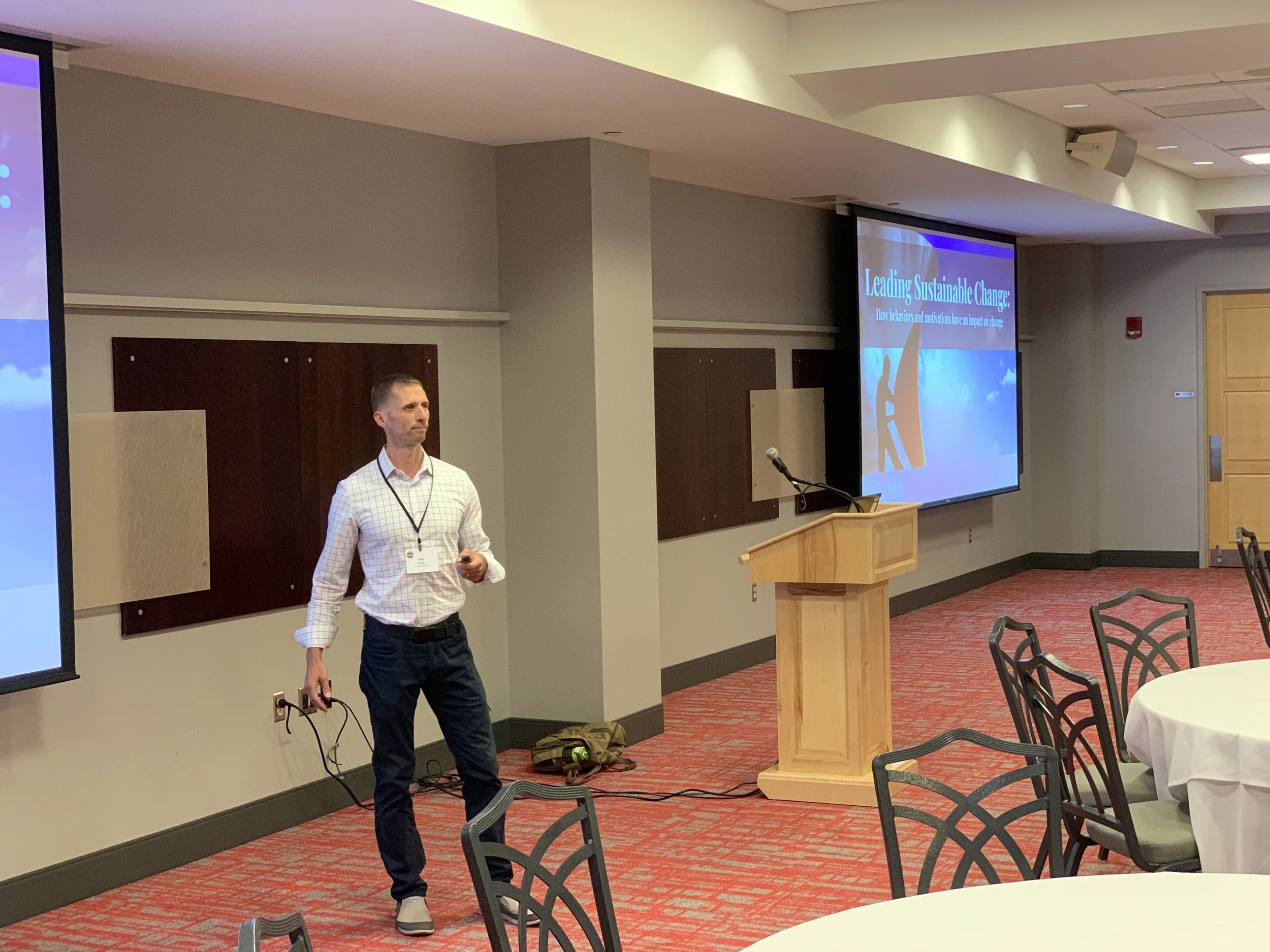speaking
Engaging keynotes will leave participants inspired and energized to employ practical strategies founded in research and practice. The various presentations incorporate the components of leadership, listening, learning, and leverage and can be tailored to your needs.
-
listen
What are the people saying and how do you know? This presentation addresses how to bolster emotional intelligence skills in order to seek and understand the diverse perspectives and intentions of others, even when they may not be able to verbalize it.
Concepts include: Emotional intelligence, difficult conversations, self-reflection
-
learn
What type of learner are you? This presentations explores how a shift in mindset can establish a culture of learning and growth.
Concepts include: Growth mindset, metacognition, adult learning
-
lead
Why do you lead the way you do? This presentation provides opportunities to reflect and refine leadership strategies and apply research-based strategies into practice.
Concepts include: Finding purpose, collective and self-efficacy, authentic leadership, strength-based leadership
-
Collaboration & Team building
How does your team disagree productively? Good teams teams can function when everyone agrees. Great teams can succeed when individuals disagree. This presentation focuses on building a strong functioning team that can collaboration, communicate, and disagree effectively.
Concepts include: Norm building, strength finding, team building
-
Culture
Do the behaviors of the people match the organizational values? This presentation identifies developing collective ownership in the organizational purpose and fostering a culture and behaviors that are alighted to the values.
Concepts include: Culture &. Climate, establishing norms and behaviors, reducing judgement, developing a productive culture.
-
Change
Are the changes you implement sustainable? This presentation addresses concepts of adult learning and change theory. How to implement change so that it is sustainable, accepted, and productive.
Concepts include: Forces that influence change from a humanistic perspective, including ownership, value, safety, and friction/ease.

